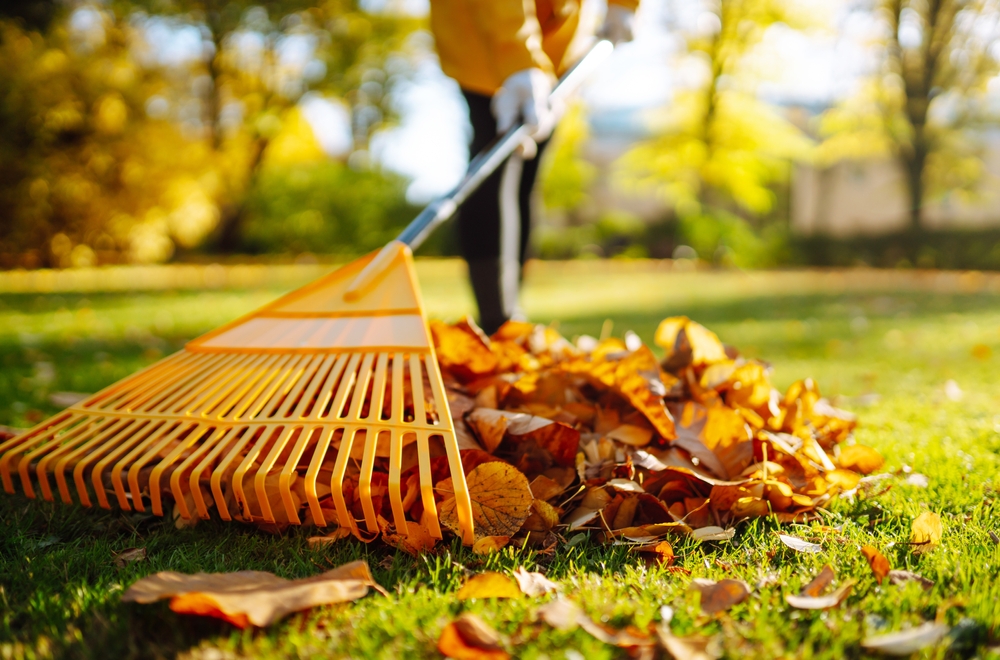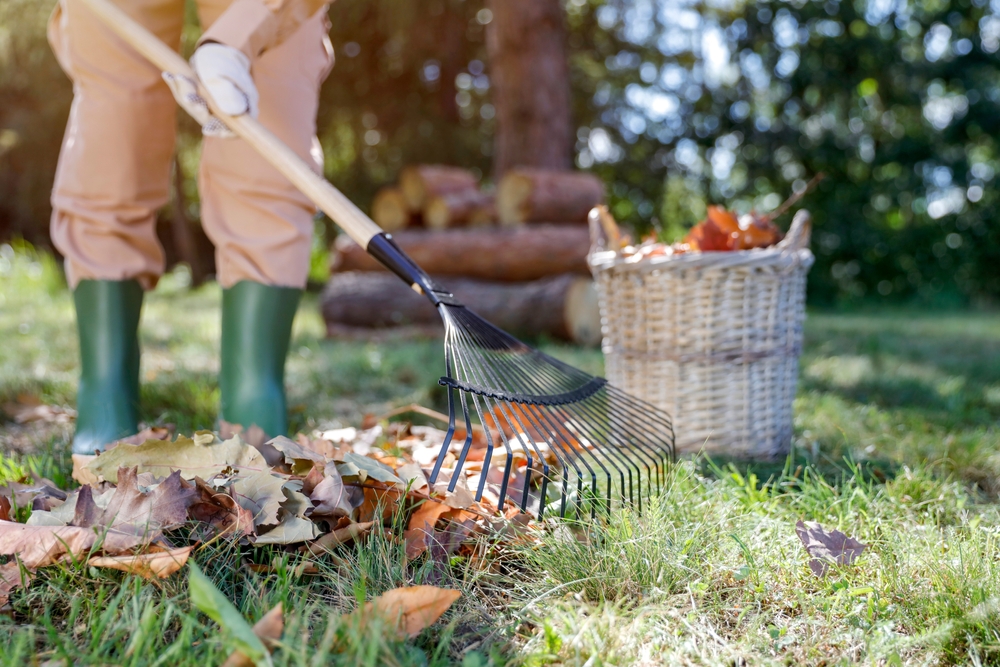September is a transitional month in the garden. This month marks the end of summer and the beginning of autumn. As the days get shorter and the nights become cooler, it’s time to start preparing your garden for the upcoming winter months. So, what can you do in the garden now to get it prepared for the colder weather?
Below, gardening expert Fiona Jenkins at MyJobQuote.co.uk goes over everything you should be doing in your garden during September. By completing these jobs now, you will give your garden the best possible chance of surviving through the winter and coming back flourishing when next spring comes around.
September Planting
There are several things that you can plant in your garden now if you are looking for some bursts of colour over the next few months and into next year. Below is a list of planting that you can complete this month in the garden:
- Hardy Annuals: Plant hardy annuals like pansies, violas, and calendula for a burst of colour throughout the winter months. These vibrant flowers can withstand cold temperatures and will add a cheerful touch to your garden.
- Bulbs: Continue planting bulbs for spring blooms, including daffodils, tulips, and hyacinths. These bulbs should be planted at a depth of twice their height and spaced according to the variety.
- Perennials: Divide and replant overcrowded perennials to rejuvenate them. This will also help to prevent the spread of diseases and ensure that your plants continue to thrive.
- Trees and Shrubs: Plant deciduous trees and shrubs now to give them time to establish before the winter. This will help them to withstand the cold temperatures and produce healthy growth in the spring.
Garden Maintenance During September
During this month, there are some things you can do to help maintain your garden and give it the best chance of doing well during the winter.
Firstly, you should prune shrubs and trees to help maintain their shape and size. Remove any dead or diseased branches to promote healthy growth and to prevent the spread of diseases and pests.
Weeding is also important at this time. Aim to keep your garden weed-free to prevent any competition with your plants. Regular weeding will also help to conserve water and nutrients.
As the weather cools down, you should start to reduce the watering frequency. However, you still need to make sure your plants are receiving adequate moisture. Deep watering is essential to help encourage healthy root growth.
Apply a balanced fertiliser to your plants to provide essential nutrients for healthy growth. Avoid fertilising too late in the season, as this may encourage new growth that may not have enough time to harden off before winter.
Add a layer of mulch around your plants to help retain moisture, suppress weeds, and to also protect your plant roots from frost. Mulch can also help to regulate soil temperatures, which prevents fluctuations that could damage your plants.
September Harvesting
Continue with harvesting through this month. Enjoy the last of the summer’s produce, including peppers, tomatoes, and squash. Harvest vegetables when they are at their peak ripeness for the best flavour and quality.
You can preserve your harvest by freezing, canning, or pickling your offerings. This will allow you to continue to enjoy your homegrown produce throughout the year. If you have any favourite plants, consider saving the seeds so you can plant them for next year’s garden. This is a great way to preserve plant varieties and save money on seeds.
Preparing Your Garden For Winter
There are several things that you can do in your garden now to prepare it for the colder winter months. Take a look at the list below for more information:
- Winterising Containers: Bring potted plants indoors or protect them from frost with covers or blankets. If you can’t bring your potted plants inside, you can wrap them in bubble wrap or frost cloth to protect them from the cold.
- Cleaning Up: Remove any dead or decaying plant material to prevent pests and diseases. This will also help to improve the appearance of your garden.
- Winter Sowing: Start seeds indoors for planting next spring. Winter sowing is a great way to get a head start on the gardening season.
- Lawn Care: Aerate your lawn to improve drainage and fertilise it to promote healthy growth. Aerating your lawn will also help to reduce compaction and improve the absorption of water and nutrients.
- Winter Protection: Protect tender plants from frost with row covers or cold frames. This is especially important for plants that are not hardy to your climate.
Pest and Disease Control
Monitor your garden for pests. Keep a lookout for common garden pests such as caterpillars, aphids, and slugs. If you do notice any pests, it’s important that you take action immediately to prevent them from causing any damage to your plants.
You should also take action to control any diseases. Treat any fungal diseases promptly to prevent them from spreading. Avoid overwatering and poor drainage, as these conditions could lead to more fungal diseases.
Remove any fallen leaves and debris from your garden to prevent pests and diseases. This will also help to improve the appearance of your garden.

Additional September Gardening Tips
It’s a good idea at this time to consider starting a compost pile. You can turn your garden waste into nutrient-rich compost for your plants. Composting is a great way to reduce waste and improve soil fertility.
Begin planning your garden layout and planting for the upcoming season at this time. This will help you to make the most of your garden space and ensure that you have a variety of plants blooming throughout the year.
It’s also a good idea to take some steps to support pollinators at this time. Leave some flowers in bloom to provide food for bees, butterflies, and other beneficial insects. Pollinators are essential for the health of our gardens and ecosystems.
When spending time in your garden during this month, be sure to take some time to appreciate the stunning colours and textures of autumn. There is something truly magical about a garden in autumn, so try to make the most of it.
Final Thoughts
September is a pivotal month in the garden, marking the transition from summer’s lushness to autumn’s vibrant display. While the days become shorter and the air becomes crisper, this period offers a unique opportunity to nurture your garden for the coming winter and prepare for a flourishing spring.
By following the tips outlined above, you can ensure your garden thrives throughout the autumn months and into winter. From planting hardy annuals for winter blooms to meticulously preparing your beds for the colder months, September offers a wealth of tasks to keep you connected with your garden. So, embrace the changing season, get your hands dirty, and witness the magic of your garden’s transformation into a vibrant autumnal masterpiece.





